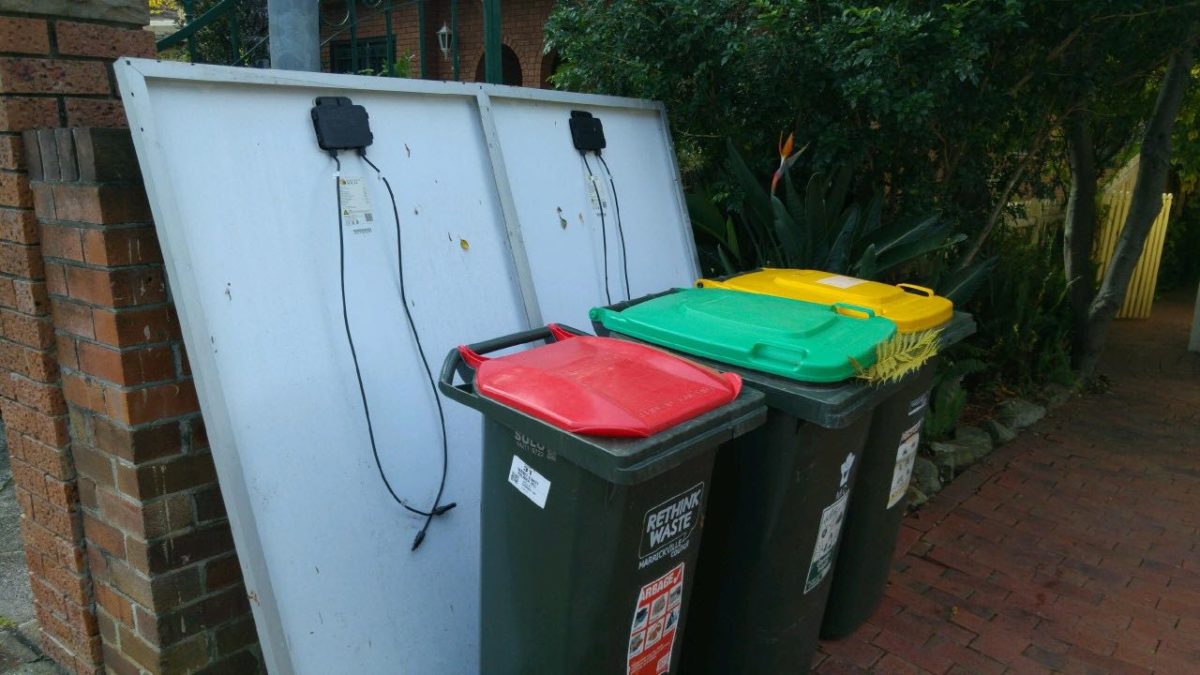A pair of researchers from Deakin’s Institute for Frontier Materials has found a way to extract silicon from solar panel waste and repurpose it into nano-silicon to make high-energy anodes for lithium-ion batteries. Material scientists Mokhlesur Rahman and Ying Chen say this is key to repurposing discarded solar cells and will prevent high-value waste from going to landfill.
“Although silicon semiconductors make up a relatively small part of solar panel cells, the material’s value is extremely high. Scientists have been looking for ways to repurpose the silicon for some time and we believe this to be the missing piece of the puzzle,” Rahman said.
With the average service life of a solar panel between 15 to 25 years, the researchers calculate that, without a recycling process for silicon – one of the most valuable components of solar panels, by 2050 there will be around one point five million tonnes of solar panel waste in landfill.
“Surprisingly, the recovered silicon seems to work the same way as commercial silicon does,” Rahman said. “Our preliminary investigation validates the concept of disassembling silicon-based photovoltaic panels, and repurposing the existing silicon into nano-silicon for the battery industry, creating huge potential as an alternative source for the sector.”
The discovery addresses several significant challenges currently facing industries dependent on batteries and energy storage heading into the future.”First, being such an exceptionally high value commodity with widespread applications we do not want any of this precious product wasted,” Rahman said, noting that battery grade nano-silicon is highly expensive and retails for more than $44,000 per kilogram.
“Second, with the automotive industry set to be battery driven in the future, the push to find ways to increase battery capacity is growing. Part of the silicon repurposing process is to nano-size the battery grade silicon, leaving a nano-silicon which can store about 10 times more energy in the same space.
“It’s the holy-grail of repurposing – to take a product that would otherwise be waste, recycle it, and in the process make it even more valuable at the other end.”
The breakthrough announcement comes as the topic of PV waste gains considerable interest amid growing sustainability concerns and cost advantages of solar panel recycling. According to a report released by the International Renewable Energy Agency (IRENA) in 2016, PV panel waste volumes in 2050 could be worth $15 billion on global commodity markets, provided proper recycling and repurposing of materials is carried out.
According to projections by IRENA and the International Energy Agency’s Photovoltaic Power Systems program (IEA-PVPS), global installed PV capacity could rise to 4.5 TW by 2050. If PV panel waste by that date was fully injected back into the economy, solar could boast one of the most robust “closed-loop” business models in existence.
In Australia, the projected amount of waste from retired solar panels is over 1,500 kilotonnes (kT) by 2050. In April, a group of researchers from UNSW published an assessment of the approaches developed to date, economic barriers to their widespread implementation, and the potential for material recovery and profit from a future PV-upcycling industry. The study puts Australia at the forefront of understanding the economic drivers and possibilities ahead.
This content is protected by copyright and may not be reused. If you want to cooperate with us and would like to reuse some of our content, please contact: editors@pv-magazine.com.









No mention of the costs to reclaim the product, the alleged sale value is a moot point without knowing the cost of both capital investment and ongoing operational costs to provide a realistic picture.